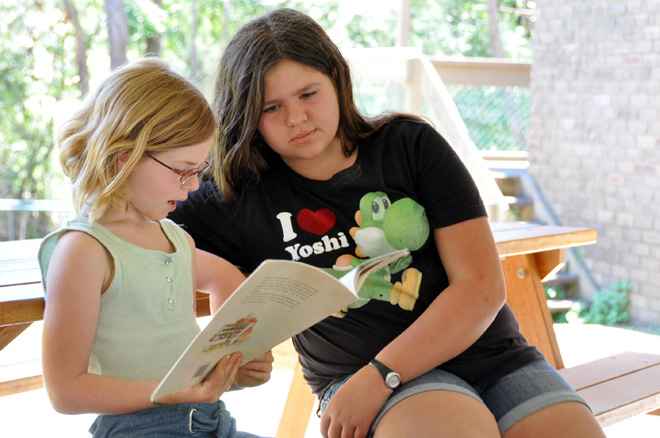Multi-age classes
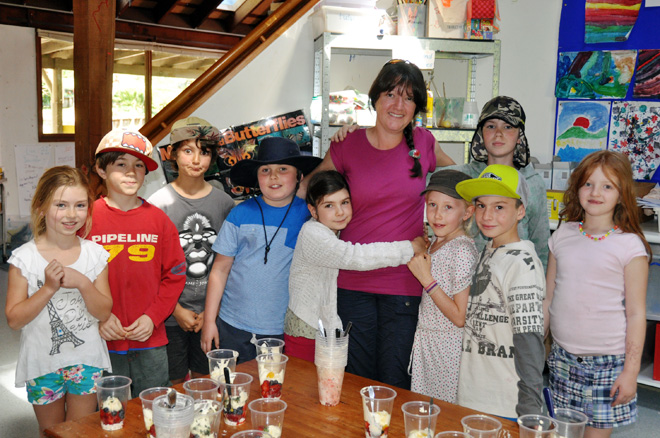
At Kinma class sizes are small, multi-aged and non-competitive. The consideration of stages, rather than ages, allows us to provide appropriate learning experiences for each child.
There is an emphasis on tolerance and effective communication. Children have the opportunity to develop self-awareness and self-discipline, taking responsibility for themselves, others and their environment.
We currently have three multi-age class groups at Kinma:
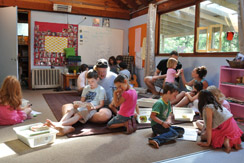
Our youngest group laugh, sing, jump and play their way to learning.
Learn more...
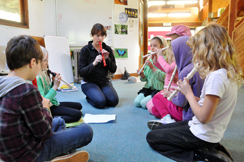
Our middle group are encouraged to be curious, creative and enquiring in their explorations.
Learn more...
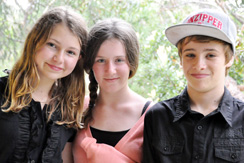
Group 3 is our oldest group and students are extended through indepth critical thinking, reflection, analysis and dialogue.
Learn more...
Why does Kinma have multi-age classes?
School is one of the few places in society that divides us from our peers on the basis of age. Kinma creates a more authentic and traditional social environment where classes are structured in a similar way to that of a family or workplace.
In the “community classes” children of different ages, experiences and abilities work together in small groups and engage in learning activities planned with their teacher. Learning occurs in a variety of surroundings from the whole class to small groups and individual settings. Children work with each other, developing and sharing knowledge, testing theories and reflecting on their learning. Teachers work as facilitators of this social learning process, monitoring group and individual development.
What are the benefits of multi-age classes?
Research has highlighted the benefits for both teachers and children when learning and teaching in a multi-age classroom. These include more holistic, child-responsive curriculum practices that consider the understandings, capabilities and dispositions that children need for future work.
- Children learn to work collaboratively; they can take the role of ‘student’ or ‘teacher’ with their peers.
- Research indicates that children who have participated in mixed age classes continue to be more pro-social and less aggressive.
- The children are grouped flexibly according to the needs of the learning community e.g. their interests, competencies, a specific learning need or social skills development.
- The child’s individuality is met through small flexible groups which allows the teachers to build on children’s competencies and interests.
- The children have the chance to learn in a way that meets their own learning style rather than a one size fits all approach to education.
- Children learn from one and other, the teacher, parents and the environment. Rather than a sterile silent classroom, a child’s environment and learning is enhanced by movement and interaction.
- Younger children benefit from the positive models of older children, often aspiring to their levels of capability. At the same time, the older children rise to the expectations of the younger children and teacher, being very responsible and having opportunities to lend and use their expertise.
- Children and teachers usually have the opportunity to work together for more than one year, which enhances continuity of learning and the forming of positive relationships with teachers and children,and between children.
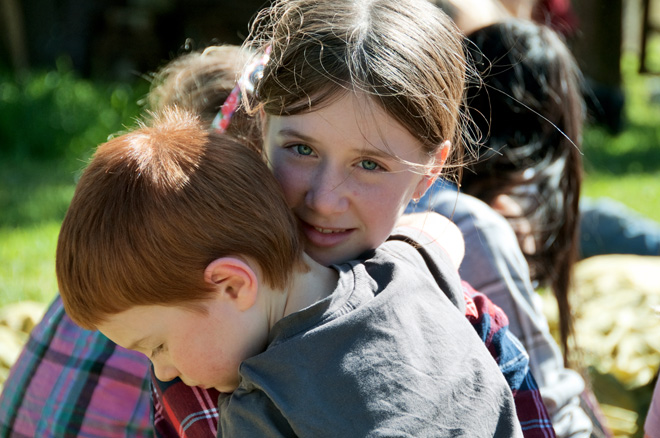
What does learning look like in a multi-age classroom?
Children, teachers, parents and other partners:·
- acknowledge and engage with each other’s diverse knowledge through child-initiated and teacher initiated learning experiences.
- talk about, represent, reflect on, and begin to evaluate aspects of their learning with others
- work on activities independently and in a range of groupings.
- build co-operative learning skills, e.g. sharing, turn-taking, listening, mentoring, negotiating,considering alternative points of view, mediating and resolving conflict in social situations.
- work with others at times who have similar or different capabilities, needs and interests to deepen and extend understandings and make links between prior and new experiences
- actively investigate topics of personal interest, using inquiry-based learning to aid meaning-making about aspects of local and global communities
- explore a range of thinking skill programs and strategies to assist in investigation of topics/problems of personal interest, e.g. learning styles/capabilities (De Bono’s ”Six ThinkingHats” and Gardner’s “Multiple Intelligences”); PMI (plus, minus, interesting); what if?; sort/group/label; role play; and mapping (mind maps, concept maps)
- engage purposefully with literacies that are reflective of children’s everyday lives, e.g. print and electronic texts, environmental print and information technologies
- consider their roles as members of a "community of learners” where risk taking, making choices, making errors and challenging thinking are seen as important to aid co-construction of learning
- assume role of "mentors”, facilitating and scaffolding each other’s learning
- reflect on their sense of self as lifelong learners, building understandings about what, how and why they learn.
